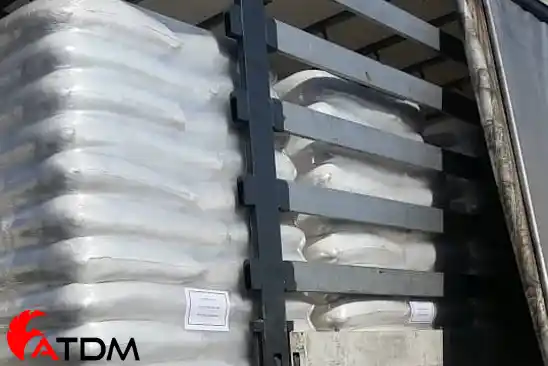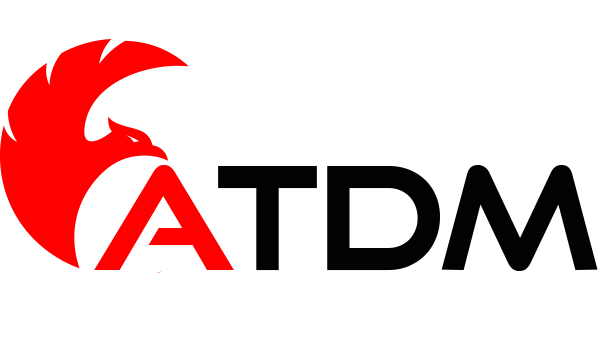

Among the many types of polyethylene, LDPE 2420 stands out for its perfect balance between flexibility, clarity, and strength. This grade belongs to the low-density polyethylene family, which is known for its soft texture and excellent film-forming ability.
Although light and flexible, LDPE 2420 also provides durability and toughness — making it one of the most dependable polymers for packaging, coating, and lamination. As a result, industries around the world rely on it for both consumer and industrial applications.
Table of Contents
ToggleUnderstanding LDPE Chemistry
LDPE, or Low-Density Polyethylene, is made from ethylene monomers (C₂H₄). Through high-pressure polymerization, these monomers join to form branched polymer chains. Because of these side branches, the molecules cannot pack closely together, which lowers the material’s density.
The average density of this polymer ranges from 0.91 to 0.93 g/cm³. In comparison, high-density polyethylene (HDPE) can reach 0.97 g/cm³ or more. That small difference has a big impact on flexibility and softness.
Technical Specifications
Here are the most common physical and mechanical properties of this polyethylene grade:
| Property | Typical Value | Unit |
|---|---|---|
| Density | 0.922 | g/cm³ |
| Melt Flow Index | 2.0 | g/10 min (190°C/2.16 kg) |
| Tensile Strength at Yield | 9–11 | MPa |
| Elongation at Break | 500 | % |
| Melting Point | 110–115 | °C |
| Vicat Softening Point | 90–95 | °C |
| Clarity | Excellent | — |
| Chemical Resistance | High | — |
Because of these properties, this grade is a popular choice for films, coatings, and flexible packaging. It combines ease of processing with excellent optical and mechanical properties.
Molecular Structure and Polymer Chain Behavior
The molecular formula of polyethylene is (C₂H₄)ₙ, where n represents the number of repeating ethylene units. However, in LDPE 2420, these chains branch frequently, creating a looser molecular network.
As a result, the polymer has lower crystallinity (40–60%), which explains its flexibility and transparency. This structure also allows it to withstand impact and stretch under load without breaking.
In contrast, HDPE’s linear chains create a more crystalline and rigid structure. This difference in molecular arrangement is what defines the soft and elastic nature of LDPE 2420.
How It’s Made: Production Process
The production process for this grade involves high-pressure polymerization of ethylene gas — often exceeding 1000 bar. The method can be summarized in several steps:
-
Purification and Compression: Ethylene monomer is cleaned and pressurized.
-
Polymerization: The gas is polymerized using free-radical initiators in a reactor.
-
Cooling and Separation: The polymer is cooled and separated from unreacted gas.
-
Pelletizing: The molten material is solidified into small pellets for use in extrusion or molding.
Through this process, manufacturers achieve a polymer with uniform molecular weight distribution, perfect for film production and coating applications.
Advantages of LDPE 2420
This polymer offers many benefits compared to similar materials:
-
Outstanding Flexibility: Easy to form and fold without cracking.
-
Excellent Clarity: Ideal for transparent films and packaging.
-
High Chemical Resistance: Withstands most acids and alcohols.
-
Smooth Processing: Works well in both extrusion and lamination.
-
Toughness and Impact Strength: Maintains shape under stress.
-
Good Thermal Stability: Performs well at moderate temperatures.
Thanks to these advantages, manufacturers often prefer this grade for its balance of softness and strength.
Applications Across Industries
Because of its adaptable characteristics, LDPE 2420 finds use in many different fields.
1. Flexible Packaging
Its combination of clarity and toughness makes it perfect for food packaging films, shrink wraps, and protective liners. Moreover, its smooth surface enhances printability for labels and branding.
2. Agricultural Films
This grade is a preferred material for greenhouse covers and mulch films. It protects crops from UV radiation while maintaining transparency for light transmission.
3. Coating and Lamination
LDPE 2420 forms strong adhesion with paper, aluminum, and plastics, making it ideal for laminated food packaging and paper coating.
4. Consumer and Industrial Goods
It’s commonly used in containers, squeeze bottles, and cables. Its softness allows repeated use while retaining shape and strength.
5. Electrical Insulation
Because of its high dielectric strength, LDPE 2420 is excellent for wire and cable insulation, providing protection against current leakage.
How It Compares with Other Polyethylene Grades
| Property | LDPE 2420 | LLDPE | HDPE |
|---|---|---|---|
| Density (g/cm³) | 0.922 | 0.93 | 0.96 |
| Flexibility | Excellent | Moderate | Low |
| Transparency | High | Medium | Opaque |
| Strength | Medium | High | Very High |
| Processability | Easy | Moderate | Limited |
Although LLDPE and HDPE offer higher mechanical strength, LDPE 2420 remains unmatched in clarity, softness, and ease of extrusion.
Storage, Safety, and Environmental Notes
To keep LDPE materials in top condition:
-
Store them in a cool, ventilated space.
-
Keep away from direct sunlight or open heat sources.
-
Prevent contact with strong oxidizers.
In terms of sustainability, LDPE 2420 can be recycled under category #4 plastics. Recycled LDPE is often reused in trash bags, floor tiles, and agricultural films, helping reduce waste in production cycles.
ATDM – Reliable Supplier of LDPE 2420
When industries need dependable polymer quality, ATDM is a name they trust. The company produces and exports LDPE 2420 resin that meets international standards for film, coating, and molding applications.
ATDM ensures uniform density, purity, and mechanical performance through rigorous quality control and modern refining technology. With decades of experience in polymer chemistry, ATDM continues to support industries worldwide with consistent and sustainable polyethylene products.
Final Thoughts
The science behind LDPE 2420 shows how small changes in molecular structure can create big differences in performance. This material’s flexibility, clarity, and toughness make it an essential part of modern packaging and manufacturing.
With trusted producers like ATDM, industries can rely on LDPE grades that combine reliability, sustainability, and quality — the hallmarks of true polymer innovation.

